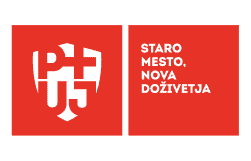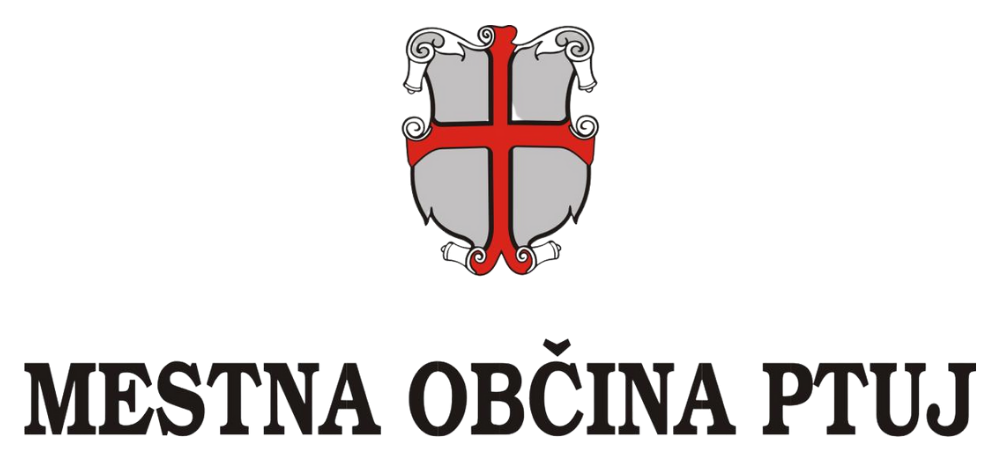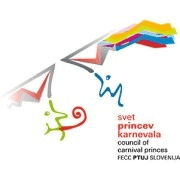
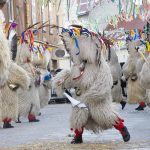
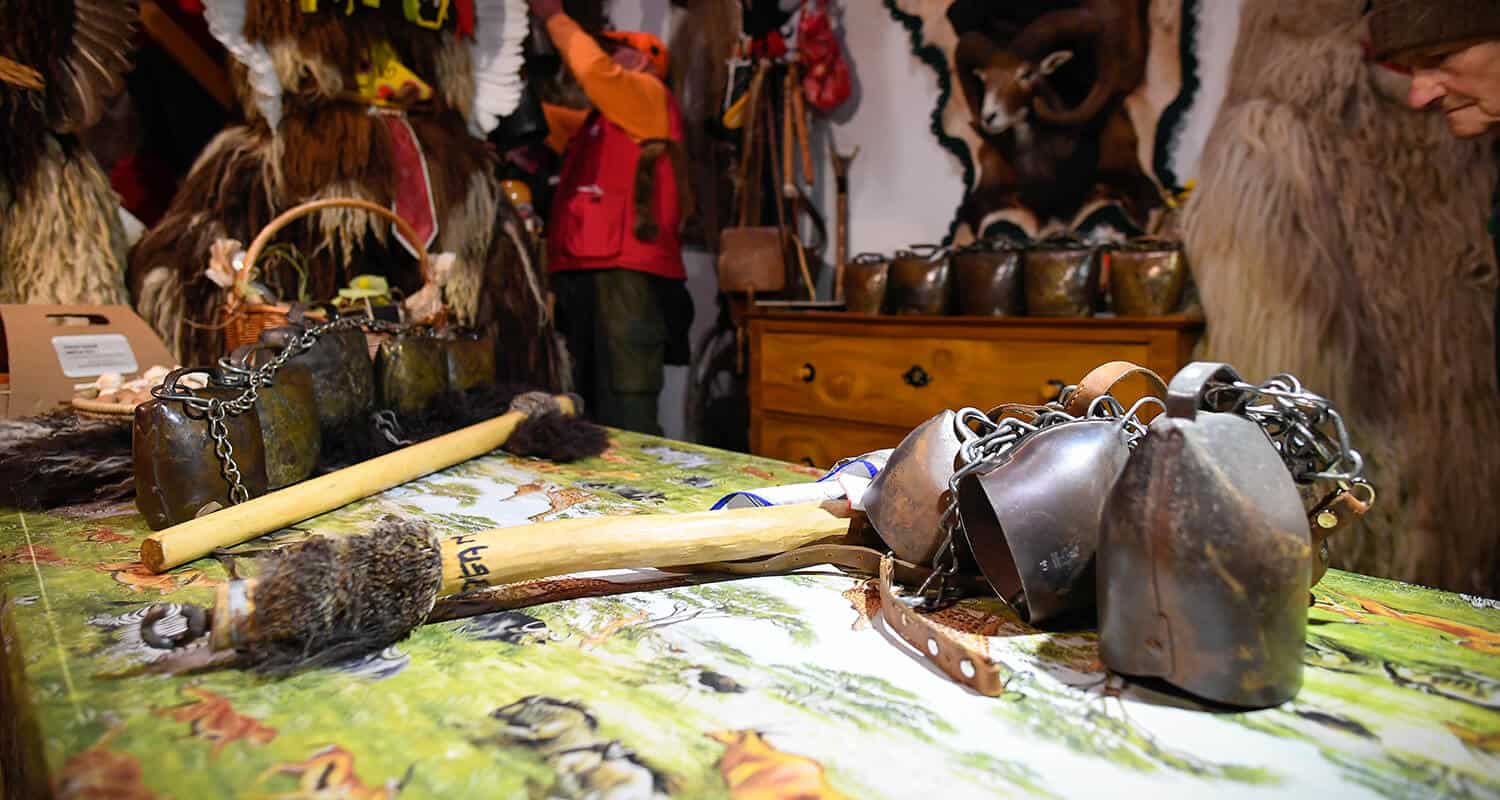
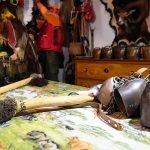

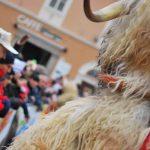
About Kurentovanje
Lonely Planet singled out Kurentovanje as one of the ten best carnivals in the world, on par with those in Venice, Rio de Janeiro, and New Orleans. The carnival is an excellent opportunity to see not only the door-to-door rounds of Kurents that UNESCO put on its Representative List of the Intangible Cultural Heritage of Humanity, but to also observe a number of folk and carnival parades, meet traditional and modern carnival characters, go to a masquerade and so much more. Kurentovanje features a number of parades, the carnival promenade, presentations of traditional costumes, concerts, masquerade balls, exhibitions, and so much more, divided into ArtFest, EtnoFest, and KarnevalFest.



About Kurentovanje
Masks are so widely spread that they hold a significant place in the history of the mankind. For centuries people have believed that the use of masks could help to make connections with the world beyond, with demons, gods, and ancestors’ spirits. Their driving force was to understand and influence natural and social phenomena. The celebration of the carnival goes back to the pagan period, before Christianity, when people celebrated the forthcoming spring and the inevitable end of the winter by performing the rituals of fertility and by magic of masks. Although later Christianity felt absolutely disinclined to this pagan performance, it could never really uproot the masquerading. To be preserved the carnival took place at the beginning of the 40-day Lent preceding Easter; in fact Lent lasts 46 days as the first day is Ash Wednesday. After the period of merry-making, excessive eating and drinking which end on Shrove Tuesday at midnight, begins the period of fasting.
Masks and masquerading which have come into existence through various historical periods, can nowadays be divided into traditional masks with magic power, and contemporary carnival masks criticising and mocking different events happening in everyday life. In Slovenia, the Ptuj and Drava Fields, Haloze and Slovenske Gorice hills represent the area which deserves special attention for the number and variety of traditional carnival masks.
